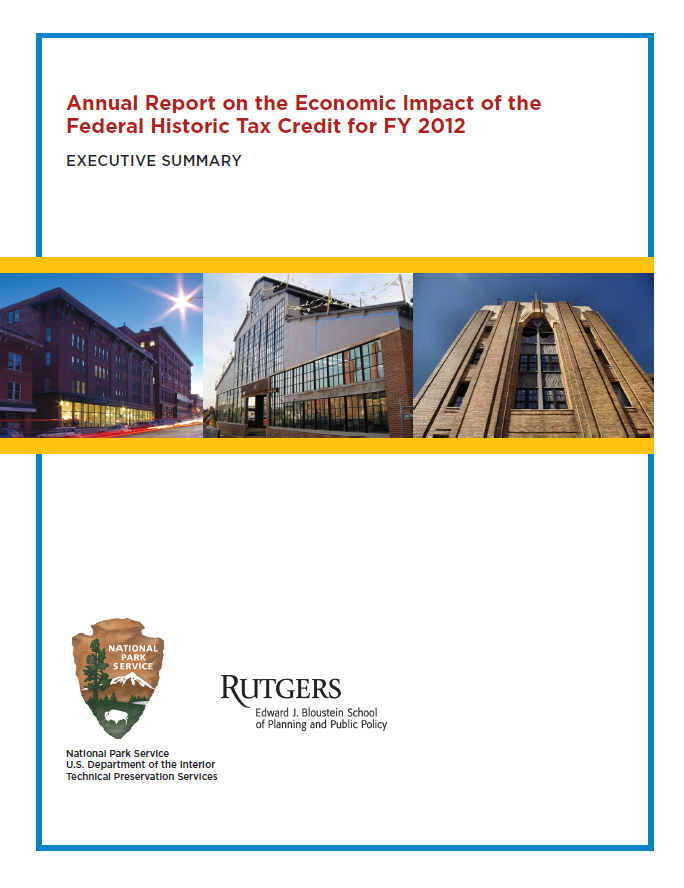Beyond the National Parks, the National Park Service through its Cultural Resources, Partnerships and Science Programs is part of a national preservation partnership working to promote the preservation of historic resources in communities small and large throughout the country. For the past 35 years, the National Park Service, in partnership with the State Historic Preservation Offices, has administered the Federal Historic Preservation Tax Incentives Program.
Commonly referred to the as the Federal Historic Tax Credit (HTC), the HTC is designed to not only preserve and rehabilitate historic buildings, but to also promote the economic revitalization of older communities in the nation’s cities and towns, along Main Streets, and in rural areas. Targeted to income-producing buildings, the HTC program is the largest and most effective Federal program specifically supporting historic preservation. Since the program’s inception in 1976, the National Park Services has certified the rehabilitation of more than 38,700 historic buildings throughout the United States.
In Fiscal Year (FY) 2012, 744 completed historic rehabilitation projects were certified by the National Park Service, representing $3.255 billion in estimated rehabilitation costs that qualify for a 20% Federal tax credit. (Another 1,020 proposed projects were also approved in FY 2012.) Many of these buildings were abandoned or underutilized, and all were in need of substantial rehabilitation to return them to, or for their continued, economic viability.
